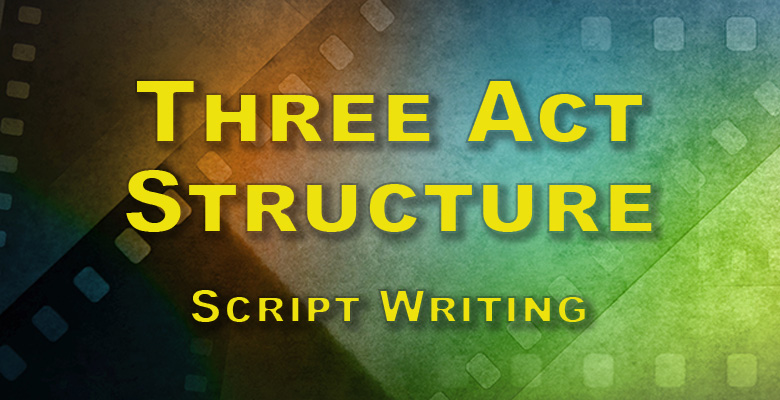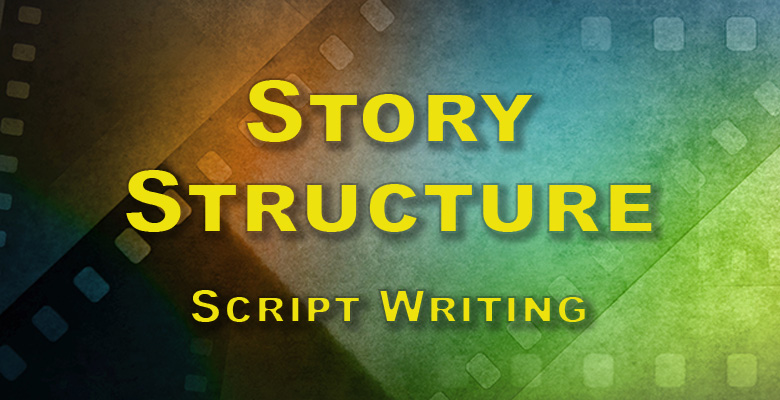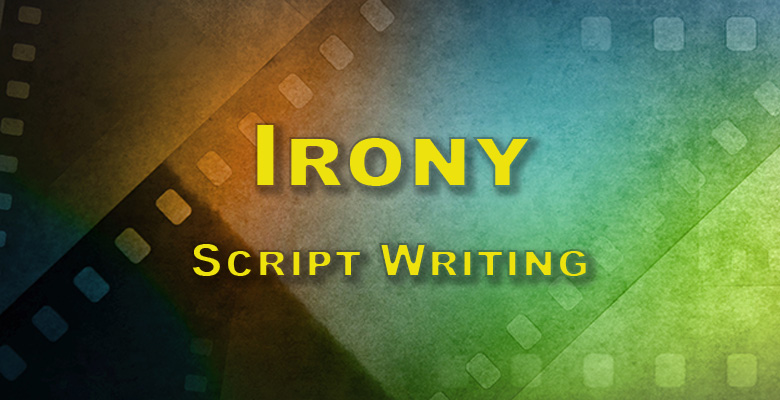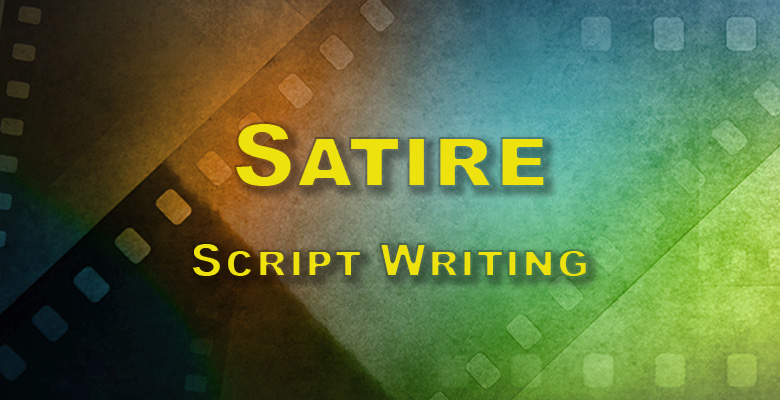Tropes are recurring themes, motifs, clichés, or conventions in literature, film, and other forms of media. They represent familiar patterns that audiences recognize, serving as a kind of storytelling shorthand. When used effectively, tropes can provide a sense of familiarity, comfort, or expectation. However, when overused or handled poorly, they can come off as clichéd or predictable.
Common Types of Tropes:
- Character Tropes: These are related to character roles, personalities, or arcs. Examples include:
- The Chosen One: A character destined for greatness or to fulfill a prophecy.
- The Mentor: An older, wiser character who guides the protagonist.
- The Antihero: A protagonist who lacks traditional heroic qualities.
- Plot Tropes: These are familiar story patterns or events. Examples include:
- Quest: The protagonist embarks on a journey or mission.
- Love Triangle: Three characters involved in romantic complications.
- Redemption Arc: A previously villainous or flawed character seeks redemption.
- Setting Tropes: These relate to the time or place of a story. Examples include:
- Medieval European Fantasy: A setting reminiscent of medieval Europe, commonly seen in fantasy novels.
- Cyberpunk: A futuristic urban setting characterized by high-tech advancements and societal decay.
- Narrative Devices:
- Flashback/Flashforward: A jump backward or forward in time to reveal information.
- Framing Device: A story within a story, like a character recounting past events.
- Symbolic or Thematic Tropes: These represent repeated themes or symbols. Examples include:
- The Hero’s Journey: A universal pattern of events and character development.
- The Color of Evil: Associating dark or red colors with villainy.
Considerations Regarding Tropes:
- Subverting Tropes: Taking a familiar trope and turning it on its head can surprise and delight audiences. For example, setting up a “damsel in distress” scenario, only for the damsel to save herself.
- Playing Tropes Straight: Using a trope in its traditional manner. This can provide comfort or meet audience expectations, but risks feeling clichéd if not done thoughtfully.
- Lampshading: This is when a story acknowledges a trope, often with humor. Characters might comment on how a situation feels clichéd or predictable.
- Avoiding Tropes: Some writers strive to avoid common tropes to create entirely original narratives. This can be refreshing but may also challenge audience expectations.
- Cultural Sensitivity: Some tropes can perpetuate stereotypes or be culturally insensitive. Writers should be aware of this and approach such tropes with caution.
Tropes are tools in a writer’s toolkit. They can be powerful when used wisely, providing familiarity, setting expectations, or adding layers of meaning. However, they should be used with awareness and intention, ensuring they enhance the story rather than detract from it.





